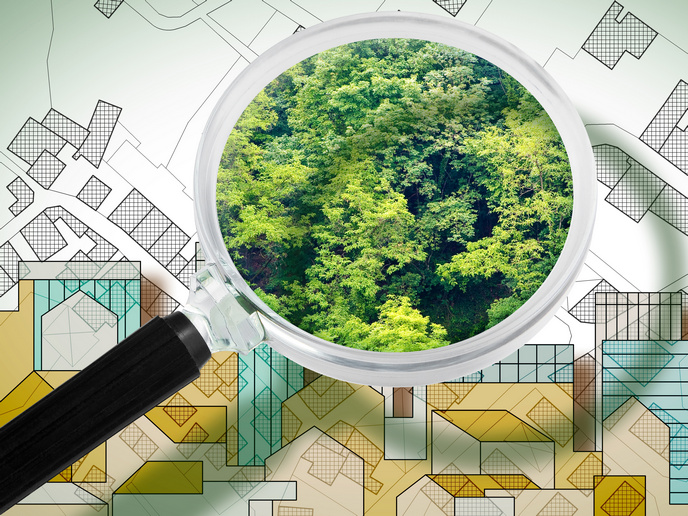Green defences against noise
Noise pollution, especially from traffic, has become a serious problem within the EU, with a majority exposed to an outdoor noise level exceeding World Health Organization (WHO) guidelines. Although indoor noise can be partially mitigated, control of outdoor noise is more difficult, yet can be achieved using green urban areas and surfaces. To provide solutions, the EU funded the 13-member HOSANNA project over 2.5 years to April 2013. The general goals were to develop, test, verify and disseminate new noise-abatement methods employing natural and artificial means. The work was conducted according to four themes: barriers of natural and recycled materials, green belts, ground treatment and green facades on building roofs. In addition, the project aimed to model and test various combinations of methods, to compare the costs and benefits, and to disseminate the outcomes. Results indicate that acoustically absorbent barriers of about 1 metre (m) lower traffic noise by 8 dBA at 1.5 m and by 6 dBA at 4 m. With the addition of lane barriers, road and tram noise can be reduced by more than 10 dBA. Furthermore, a 15 m belt of trees lowers noise levels by 3 dBA; similar reductions were obtained from typical grass covers. Other devices — including roughening elements on smooth ground and low, parallel walls — also resulted in an improvement. Modelling predicted that greening a roof would lower noise to an inner yard by 3 to 8 dBA. A low, vegetated barrier was built beside a road in Lyon, France. The effect was assessed using measurements in conjunction with responses to questionnaires. Other devices were also tested at other European sites. Project findings were disseminated as a 10-chapter handbook, and agreements with the publisher have been signed. An additional 48-page summary brochure was printed in January 2013, and distributed at a project workshop. The HOSANNA project devised numerous methods and combinations of methods for control of urban traffic noise. The legacy will be a lowering of exposure and improved health for Europeans.
Keywords
Noise, outdoor, noise pollution, vegetation barrier, green urban area, green facade, acoustically absorbent







